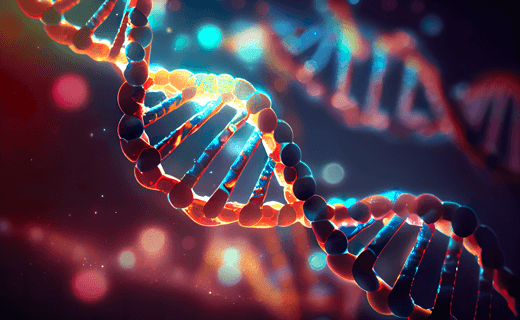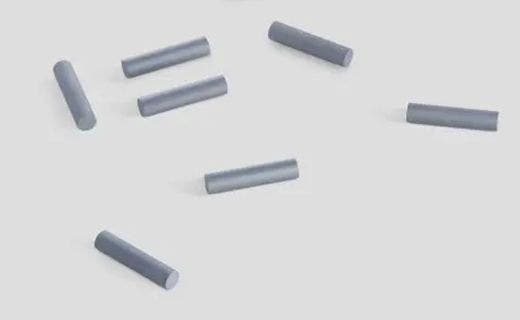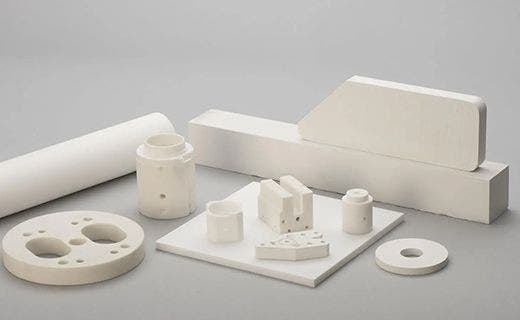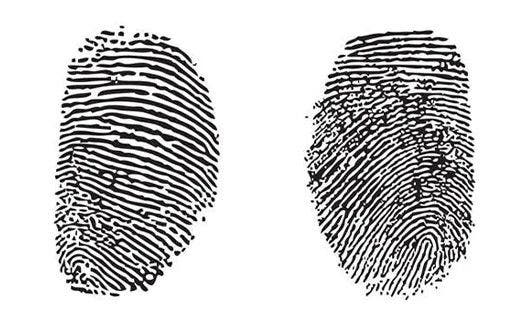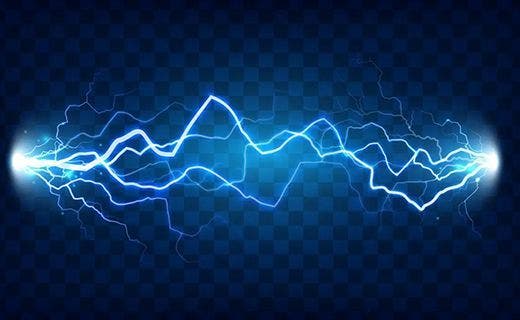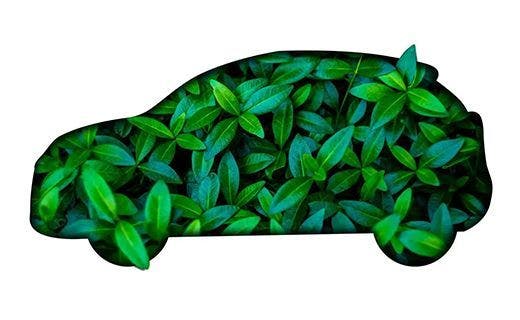Guide to the Scientific Process
The scientific method is a process scientists follow to make discoveries, create innovations, or gain deeper insights into various phenomena. Different scientists might have slightly different versions of the scientific method, but for our purposes, we're going to follow seven basic steps. By following these steps, you'll learn how to explore and research the world just like a scientist does.
1. Observe Something
The initial step in the scientific method involves observing your surroundings and fostering curiosity about what you notice. This step is crucial because it's when you start noticing things that interest you and spark your curiosity. Observations can lead to many exciting questions and ideas. Observing doesn't just mean using your eyes; it involves all your senses. You might hear birds chirping in a particular pattern or feel the texture of leaves on different plants. All these observations are the starting point for scientific research.
For example, when you look at the clouds in the sky, you might think that they look like animals. You might see a cloud shaped like a dog or a dragon.
2. Ask a Question
Next, you need to formulate a question based on your observations. This step is the beginning of your journey to discover new information. Your question should be specific and focused on what you want to find out. Questions in need of answers drive the entire scientific process because they set the stage for your research. Don't worry if your question seems simple or even silly at first. Some of the best scientific discoveries started with simple, curious questions.
Since you can see animals when you look at the clouds, you might wonder if other people see the same. A good question could be, "Do most of my relatives see animals when they look at the clouds?"
3. Predict What the Answer Will Be
Now it's time to formulate a prediction regarding the answer to your question. This prediction is known as a hypothesis (Hi-POTH-uh-sis) in science. Your hypothesis should be something you can test through experiments or observations. When you make a hypothesis, you're making an educated guess based on what you already know. It's okay if your hypothesis turns out to be incorrect; what's important is that you have a clear, testable statement to guide your investigation.
Maybe your family loves animals, so you predict that most of them will see animals when they look at the clouds. Your hypothesis might be, "I think that most of my family members will see animal shapes in the clouds."
4. Test Your Hypothesis
You are now ready to test your hypothesis by experimenting. This is one of the most exciting parts of the scientific method because it's where you get firsthand experience. Keeping good records is crucial for this step. During this phase, you need to be as detailed and accurate as possible. Documenting your experiment carefully ensures that your results are reliable, that your experiment is repeatable, and that the results can be reviewed later. If your experiment involves measurements or counting, make sure you have the right tools and methods to do so accurately.
To see if your family thinks clouds look like animals, you could ask them what they see in the clouds. You could also show them pictures of clouds and ask what shapes they see. Make sure to write down their answers so you don't forget any details.
5. Analyze Your Collected Information
Now, analyze the data you collected during your experiment. Analyzing data helps you summarize your findings and draw meaningful conclusions. Data analysis might seem complex, but it's essentially about looking at what you found out and figuring out what it means. There are many ways to analyze data. You could calculate percentages, compare different groups, or look for patterns. Analyzing your data thoroughly is key to understanding your research.
In our cloud experiment, you'd count the family members who saw animals and the ones who did not. You could make a chart or a graph to help visualize the results. For example, you might notice that more younger family members saw animals in the clouds than older ones.
6. Draw Conclusions
It is now time to assess whether your hypothesis was accurate or not. Based on your data analysis, you determine whether your initial prediction holds true. This step involves comparing your results to your hypothesis and deciding if your hypothesis was supported or not. If your hypothesis was incorrect, that's okay! Science is about learning, and sometimes we learn the most from unexpected results. Either way, you've gained valuable insights and can think about what you might do differently in future experiments.
In our experiment, if 10 family members saw animals when they looked at the clouds and 3 didn't, your hypothesis was confirmed because most of them did see animals!
7. Communicate Your Results
Finally, share your findings with others. This is a vital part of science. Imagine if someone found a cure for cancer but didn't tell anyone! You can share your results in many ways, like making a video, writing a report, creating a presentation, or even making a poster. Communicating your results helps others learn from your work and can inspire new questions and experiments. It's also a great way to practice explaining your ideas clearly and effectively. Sharing your findings allows others to review your work, provide feedback, and build upon what you've discovered. It's how scientific knowledge grows and evolves.
Additional Resources



